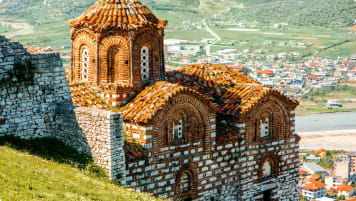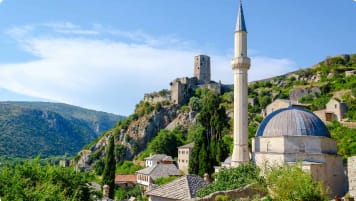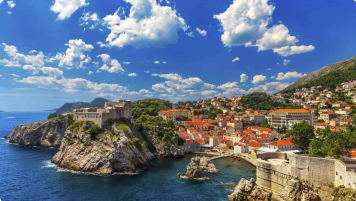The Balkans: The Definitive Guide for Travellers
The Human History of the Balkans The aptly-named Balkan region comes from the Turkish word for “mountain“. It was so named because of the vast number and expanse of the mountain ranges that have been…
18 Jun 19 · 8 mins read
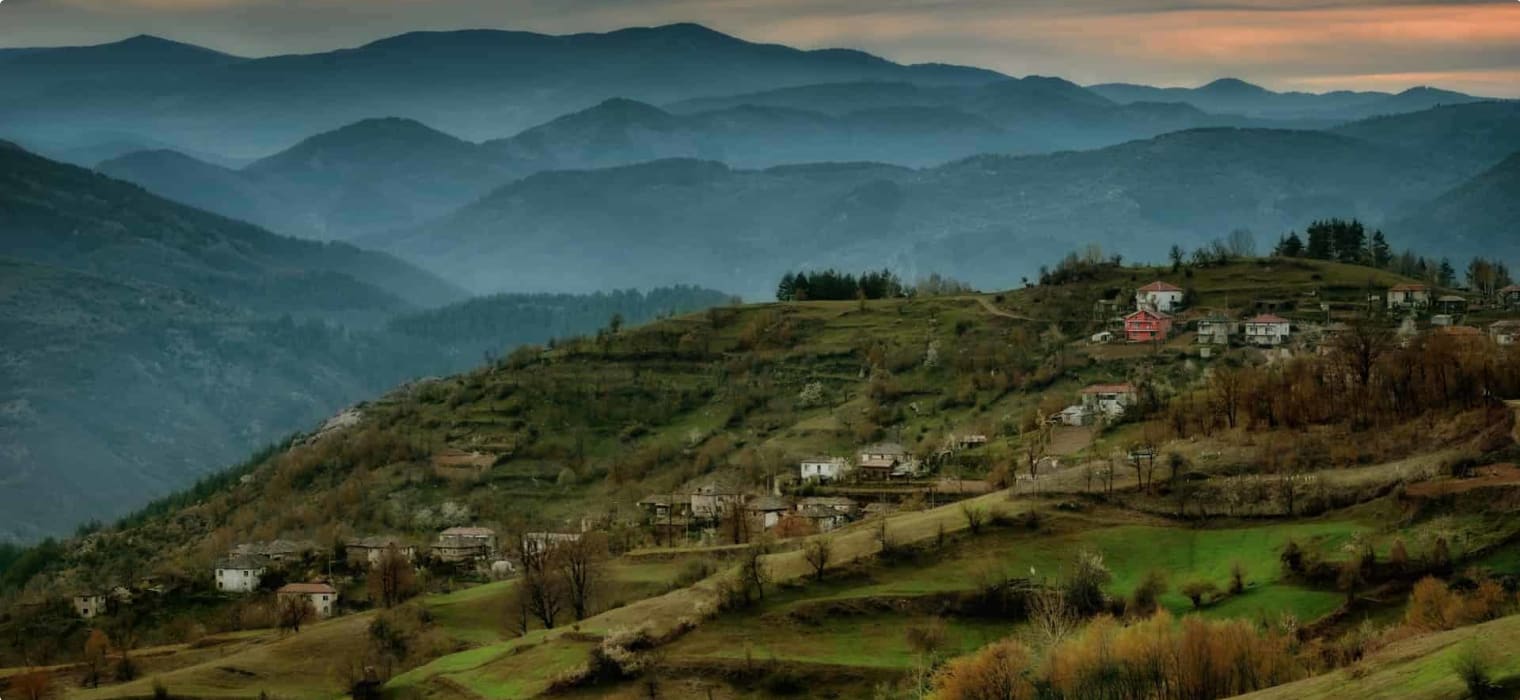
The Human History of the Balkans
The aptly-named Balkan region comes from the Turkish word for “mountain“. It was so named because of the vast number and expanse of the mountain ranges that have been millions of years in the making and stretch across several countries in south-eastern Europe, including the Balkan, Rhodope and Dinaric mountains. These mountains have cast their shadow over the social, cultural, and economic history of the area. This article intends to a be a brief overview of how the geography of the Balkans shaped human history in terms of settlement and governing powers. The geography has dictated the class distinctions between farmers and land-owners, trade feasibility and interconnectedness with the rest of Europe, and ethnic divisions, all of which have come to be a trademark of the Balkans.

Climate and Land Make-up
The beginnings of the trouble in the Balkans can be boiled down to a lack of rainfall and uneven land, which proved to be a hindrance to the economy, communications and trade. As indicated by Mark Mazower in his book The Balkans: From the End of Byzantium to the Present Day, the rainfall, especially in summer months, is minimal across the Balkans, and inconsistent across the region. For example, Skopje, Macedonia only receives approximately 450mm per year (2000, p. 19). As a result, the area has suffered a number of human and animal losses due to drought. Whereas in Belgrade, Serbia annual rainfall reaches 680mm. But, even still, the fertile Pannonian plains are not impervious to drought-like effects as it is widely without large rivers to provide a water source for the people. This affects the inconsistency of arable land for the people to inhabit. In addition to the lack of rainfall, the uneven ground made for insufficient lands for farming crops and livestock to keep up with population growths. Even with mass culls of forests in the valleys in order to cultivate the land, the area was plagued throughout its history by hardships in providing food for the population. Many inhabitants reside on the high hills that become too cold for crops to grow in the winter months, and so rely on food storage by means of salt-curing. It is for this reason that the area has a long history of “pastoral nomads”. Tribal societies in the mountains have long been popular in the Balkans as populations relocate to situate themselves closest to available food and water supplies.

The rivers in the Balkans have also inadequately met the needs of the people for trade and communications. Mazower describes the largest Balkan rivers as being either too fast-moving at the height of rainy season, or too meandering in the opposite direction to be of any use to trading or communication routes (2000, p.21). For the most part, the rivers that have the most potential for navigable trade are too short to be international. Moreover, these same mountains create detrimental barriers to canal installation to alleviate these problems.
Plague
While for the most part of throughout the earliest colonizations by the Byzantine and Ottoman empires, the population of the Balkans grew on par with other areas of Europe (Mazower 2000, p.26), this was stilted dramatically in the 17th century by plague, instability and war. Plagues have historically hit the area hard in terms of lives lost because of its position as a connector between Asia and Europe. Throughout the 17th and 18th centuries, many Balkan cities were ravaged by high death rates. None more so than port cities, such as Salonika, where in the period from 1781-3, upwards of 300 people died daily (Mazower 2000, p.27). Populations were not restored to earlier levels until four centuries later.
Impediments to Modernization
For several reasons, most of all its physical geography, the area was delayed from adopting the advances of the modern world. The Balkans remained largely unrailed as the rest of Europe put steel to soil, connecting the different trading cities. At the turn of the 20th century, countries such as Greece and Romania had installed railways at a rate of roughly 1/3 that of France, 1/5 of Germany, and 1/10 of Belgium (Mazower 2000, p.22). The advent of an integrated rail system was imperative to economic and ethnic exchange across Europe. However, the slow start that the Balkan states had heightened poverty and ethnic divisions. Well-kept roads for trade also lagged due to large turnover of power in different cities, many of whom could not justify the expenditure of keeping up their predecessor’s initiatives. Instead, Turkish princes, during Ottoman rule, also choose to leave the roads in disrepair as a defensive strategy against invasion (Mazower 2000, p. 23). This strategy was often supported by the poorer populations up the mountains, who saw poor roads as an impediment to tax collectors.
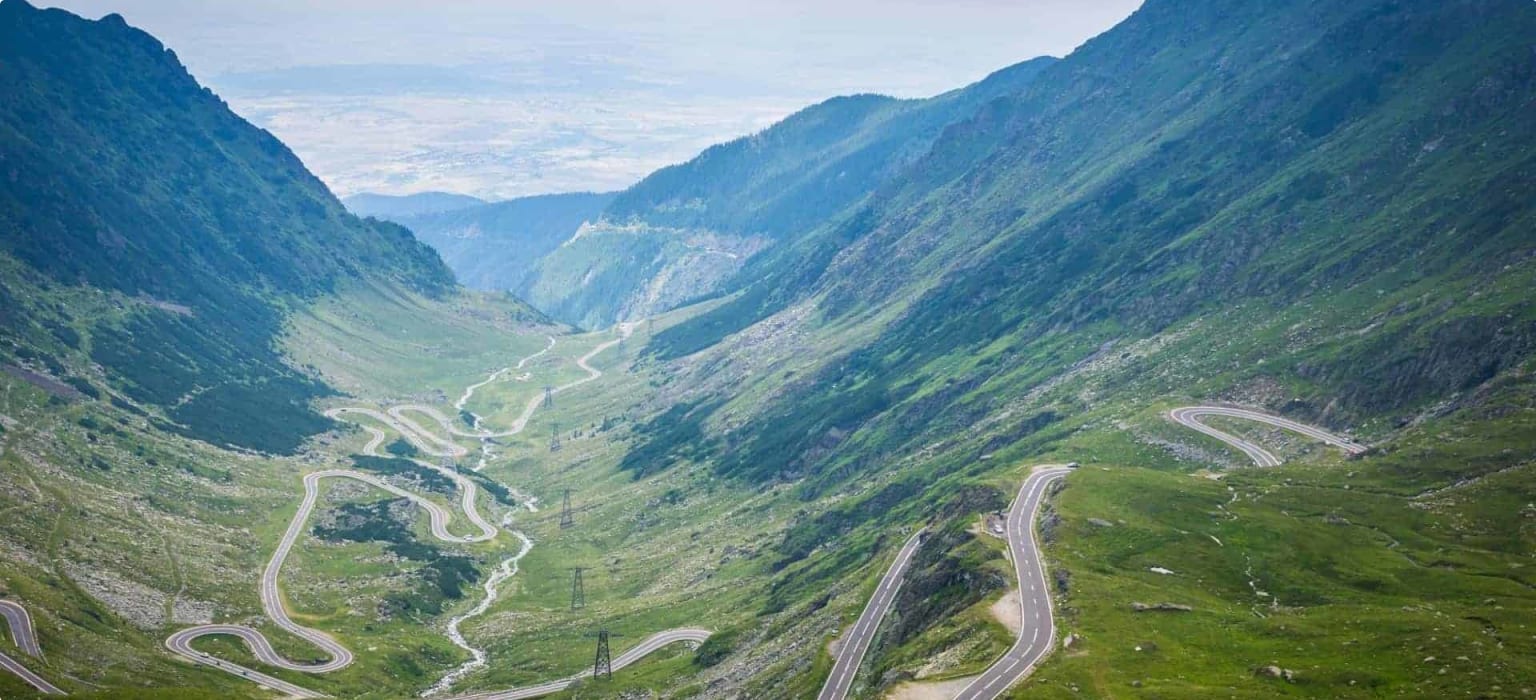
If the limitations of natural geography were not enough, the political and social limitations in terms of land use, particularly under Ottoman rule, instilled poverty and a class of indebted peasants, resulting in long-term political instability.
Ethnic Divisions
The Balkans have been characterised by ethnic divisions for centuries. The mountains often created a physical border between ethnic communities and restricted intercommunication and cultural exchange between them. The branches of different religious and ethnic identities were grouped and separated repeatedly under different governing powers. Some of the major ethnic groupings were Albanians, Greeks, South Slavs, and Bosnians.
Historically, Albanians have for the majority been Muslim since Ottoman rule in the Balkans. The Albanian language is unique to the area and thought to be the final remaining dialect linked to ancient Illyrian (Sowards 1996), which was used by the Illyrain populations in the area likely until they were conquered by the Romans in approximately 165 B.C. Greek culture, as sustained through Greek mythology and historical records, has survived throughout the triumphs of different empires in the area including Roman, Byzantine, and Ottoman. Greeks are for the most part Eastern Orthodox (Sowards 1996) and speak a variation of classical Greek language. The South Slavs are made up of Slovenes, Croats, Serbs and Bulgarians. Populations from this group immigrated to the area in the 6th century, and became a stronghold for government. Their languages all resemble on another as they come from the same Slavic branch of Indo-European languages. In the 9th century most South Slavs adopted Christianity. Finally, Bosnia was traditionally a ‘border zone‘ between Croatia and Serbia, with similar ethnic and linguistic qualities of both. However, what distinguishes modern Bosnia from their northwest and eastern neighbours is their religious make up. The majority of the Bosnian population adopted Islam during Ottoman occupation, creating a distinct culture of Bosnian Muslims, or Bosniaks.
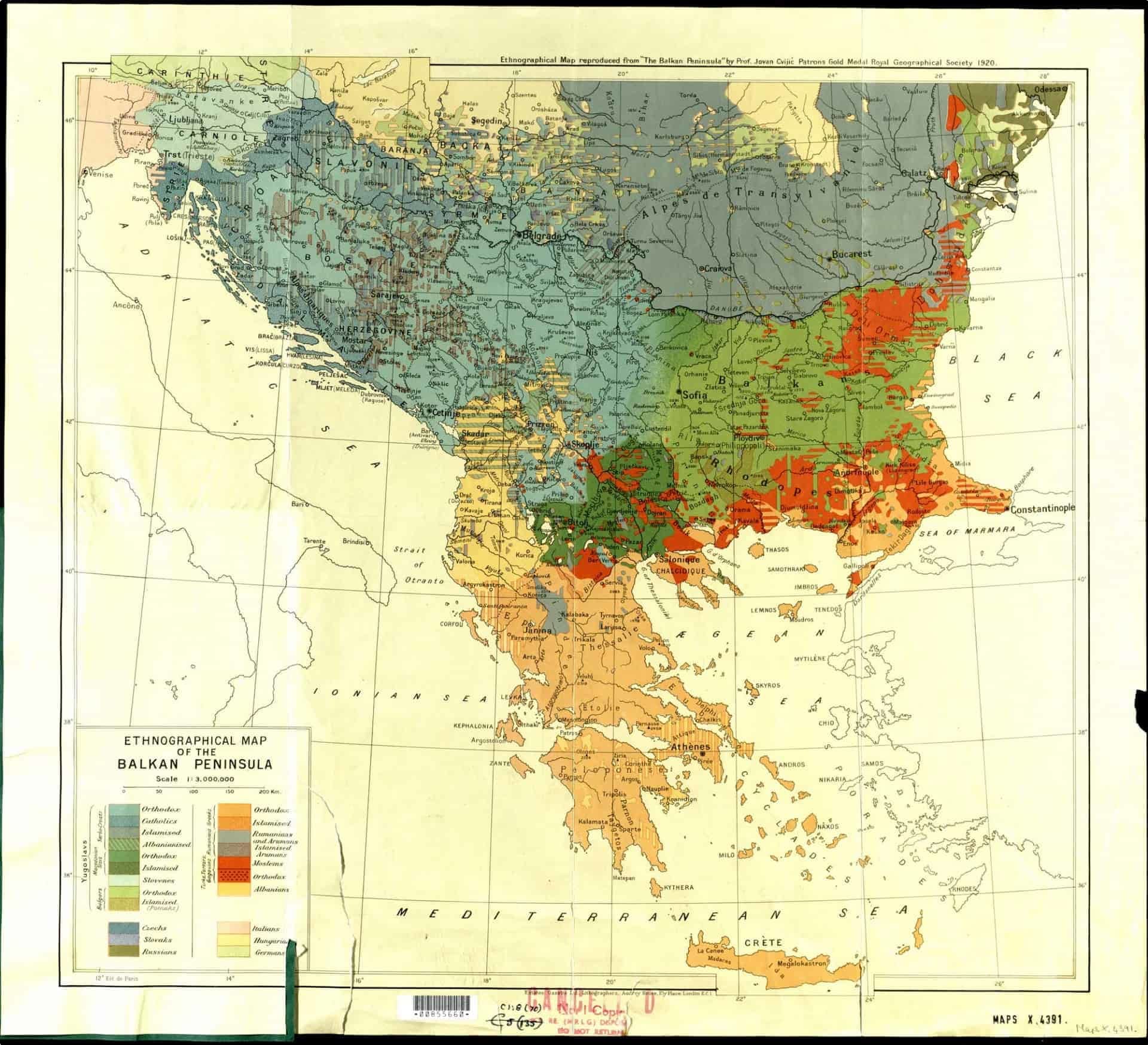
These ethnic groups fought amongst themselves for dominance in the Balkan Penninsula, which allowed a big enough distraction for the Ottomans to invade from the south and officially conquer the Balkans in the late 1300s to early 1400s. While the Ottomans had a religious tolerance policy, there were many benefits for people to convert to Islam, namely land rights. This is why, for example, the aristocrats in Bosnia and Albania converted to protect their land claims.
The Chifliks
The Ottoman Timar system of land management was introduced to the Balkan area between the 12th and 13th centuries, when they successfully invaded now Bulgaria then intermitently added the surrounding territories. Most areas were divided vertically, based on the ecology of the land; the fertile lowlands were of the most value, and the rocky highlands the least. Because the highlands were deemed worthless to the conquering armies moving in, they often acted as a refugee oasis for the ethnic groups forced out of their fertile home lands (Sowards 1996). The Timar System was, in essence, a payment scheme where the Ottoman sultan paid his military men with fertile land grants instead of wages when they went to battle. Then once the man who was given the land grant died or migrated away from the land, the deed was reverted back to the Sultan.
However, at the turn of the 16th century, the Timar land owners took it upon themselves to privatise the land bestowed on them, by self-imposing the authority of passing down their lands to their male heirs. These owners became known as Chiftliks. This change meant that revenues were not passed on to the state, for institutional improvements such as roads and irrigation for the benefit of the Balkan people. It set off the downward turn of the Ottoman empire, as well as the upward trajectory of peasant discontent and protests.
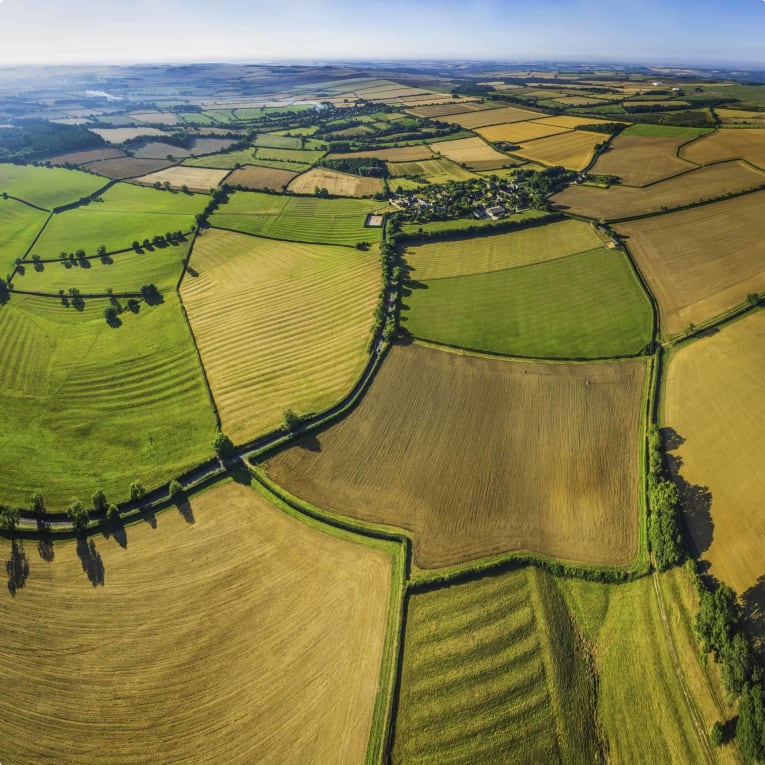
Taxes and levies were administered separately to different ethnic-religious groups. So, during modernization of the Ottoman state, nationalist movements for independence focused on ‘rights to land, livelihood and fair taxes’, rather than politics or patriotism (Mazower 2000, p. 43). Class tensions emerged directly alongside the independence movements, which further fragmented ethnic divides as populations grew and land to claim became scarcer.
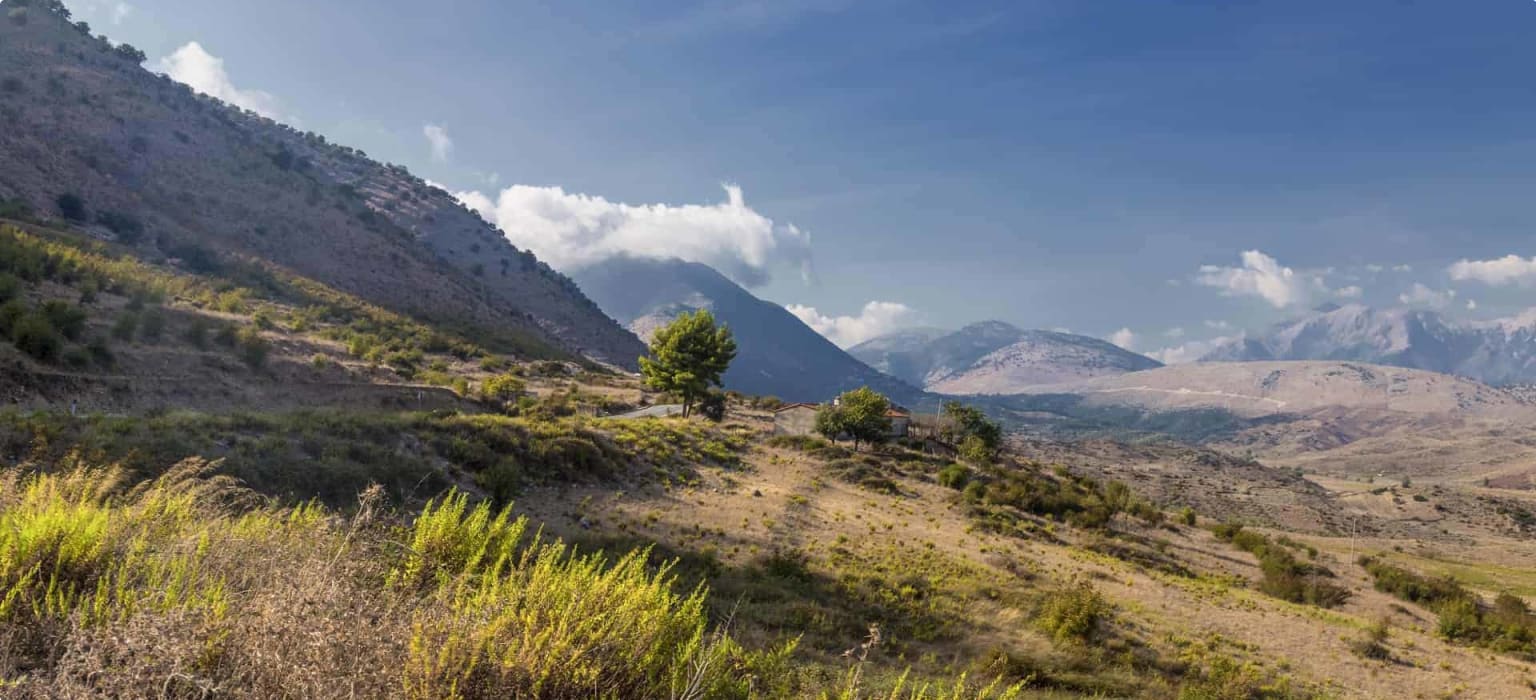
Recurrent War
The ethnic divisions in the area led to wars for independence and for acknowledgement of their ethnic nationality. Throughout the 20th century as the Ottoman empire rapidly lost control, wars for governing power ravaged the area and hundreds of thousands of people lost their lives.
First Balkan War (8 October 1912 to 30 May 1913)
Nationalist ambitions were set to reclaim land from Ottoman rule. However, disputed territories caused rifts between newly independent states and prohibited them from working together against their common conqueror. Russian forces mediated these rifts in order to establish a Balkan-Russian alliance and fend the area off of advances from Austro-Hungary. In the year that followed, the new Balkan alliance successfully expelled the Ottoman empire from Europe, culminating in a finalised negotiation called the Treaty of London that effectively set the border to where the current Turkish border is (Hall 2014).
Second Balkan War (30 June 1913 to 30 September 1913)
Following the alliance’s success in reclaiming Ottoman land, discontentment arose between themselves over who’s land was who’s. Thus began a several months war amongst each other. The largest area under dispute was Macedonia, which was eventually won by Serbia, to Bulgaria’s distain. Additionally, Kosovo has long been disputed between Serbia and Albania, due to the fact that Serbia has a number of cultural ties to Kosovo land, while Albanians have made up the majority of the population in Kosovo since the Illyrian era (Sowards 1996).

Bosnian War (6 April 1992 to 14 December 1995)
While most independence movements were primarily focused on land claims, underlying etho-religious differences remained. Following the Balkan Wars, much of the region fell to the Habsburg Empire. But this Empire all but dissolved as a result of WW1. To fill its shoes, a council of Slovenes, Croats and Serbs convened to form the beginnings of Yugoslavia. They were joined by Montenegro, Bosnia-Herzegovina, and Macedonia and officially regarded as an independent nation called Yugoslavia in 1929. But, nationalist pride took over and called for its dissolution. First, Croatia and Slovenia declared independence in 1991, followed approximately six months later by Macedonia. War ensued, led by Serbian revolutionists, who felt that Serbia was the dominant force in Yugoslavia and wanted the establishment of a “Greater Serbia“. After 1992 results of a referendum vote for Bosnia’s separation from Yugoslavia, Bosnian President Izetbegovic announced their independence. This enraged Serb populations in Bosnia, who called for support from the Serb-dominated Yugoslav army and attacked Bosniak-populated towns, largely in retaliation from voting to separate and due to religious differences. The armed conflict lasted approximately three years and took the lives of 8,000 Bosniaks. Still today, ethnic divides remain in major Bosnian cities.

The beautiful mountains have been a source of trouble for the duration of modern people’s history in the Balkan region. Not only has the mountainous topography been insufficient to provide for countries’ food, trade, and communications, but it has also delayed major modern advances and been a cause of deeply entrenched ethnic divides and bloody international conflicts.
Related Tours
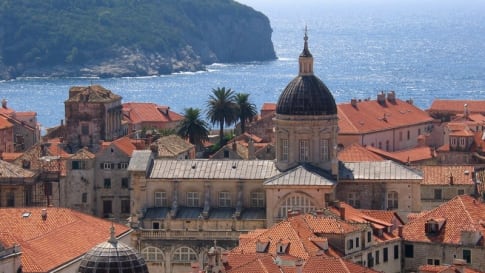
19 days
SepBalkans escorted small group tour
Visiting Albania, Bosnia and Herzegovina, Croatia
An 19 day small group tour tour takes you deep into the the Balkan Peninsula. Starting in Dubrovnik, travel through Croatia, Bosnia & Herzegovina, Serbia, Macedonia and Albania before returning to Dubrovnik.
From A$12,650 AUD
View Tour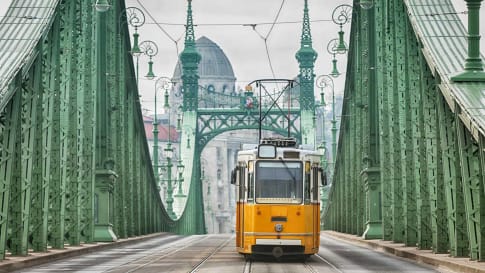
23 days
SepSofia, Bucharest and Budapest | Small Group Tour
Visiting Bulgaria, Hungary
Bulgaria and Romania have been at the crossroads of civilisations for centuries. This is a small group tour from one of the best small group tour companies for Europe, whose trips each day, select destinations from local guides that provide authentic experiences for our guests who are on holiday.
From A$13,995 AUD
View Tour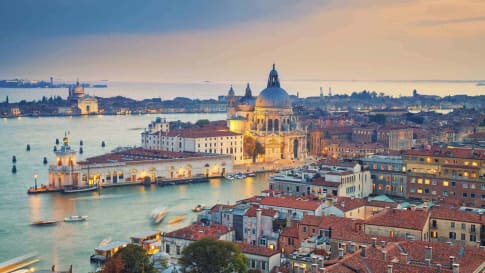
27 days
DecEuropean Cities Small Group History and Cultural Winter Tour
Visiting Albania, Croatia
An escorted tour A Journey that commences in Rome and takes in 12 destinations along its journey to Athens. This is an off season small group journey with like minded people. A small group tour across Southern Europe with local guides sharing authentic in-country authentic experiences for mature couples and solo travellers.
From A$17,295 AUD
View Tour
19 days
AugHistory of Croatia small group tours for senior travellers
Visiting Croatia
Spend 19 days touring Croatia, starting in Zagreb then travel south following the coast, where trade and the influences of the outside world made its mark. Travelling with like minded people in our small group we will explore the country in depth with great local guides and stay in key historical area such as Porec, Zagreb and Dubrovnik.
From A$14,295 AUD
View TourOdyssey Traveller

Odyssey Traveller is committed to charitable activities that support the environment and cultural development of Australian and New Zealand communities. We specialise in educational small group tours for seniors, typically groups between six to 15 people from Australia, New Zealand, USA, Canada and Britain. Odyssey has been offering this style of adventure and educational programs since 1983.
We are also pleased to announce that since 2012, Odyssey has been awarding $10,000 Equity & Merit Cash Scholarships each year. We award scholarships on the basis of academic performance and demonstrated financial need. We award at least one scholarship per year. We’re supported through our educational travel programs, and your participation helps Odyssey achieve its goals.
For more information on Odyssey Traveller and our educational small group tours, visit and explore our website. Alternatively, please call or send an email. We’d love to hear from you!
